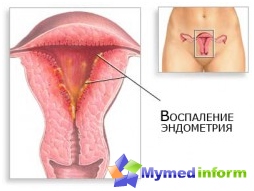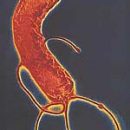What is Pulpitis?

Many believe that if the dental nerve inflamed, this is a pulpit. In fact, when the pulp is inflated by a whole vascular-nervous bundle, called pulp. It feeds every tooth. Inside the tooth there is a pulp, here and placed a pulp. Soft fabric consisting of blood vessels and nerve fibers in a healthy pulp teeth «Lives» quietly and does not let yourself know. But as soon as she is inflamed, there is so strong and unbearable toothache, that a person almost «climbs on the wall». But why the pulp is inflamed? The causes of the pulpitte can be:
- Deep caries or complications arising from its elimination. If caries Do not treat, then the carious cavity and the camera, where the pulp is located, are separated only by a small tissue layer, then poisoning substances allocated by pathogenic microorganisms fall to the nerve, and it leads to an inflammatory process.
- Infection spread by hematogenic way, which came to the teuba of blood flow.
- Tooth injuries, especially they are characteristic of athletes.
- Temperature or chemical impact, for example, poor-quality seal material, erroneous dentist doctor.
Distinctive symptoms
The main symptom, of course, is considered to be the appearance of pain. It can be a sharp, parlor, novel, «Prelimizing». It appears in one tooth - locally, but it can be created that «Net» All the jaw, nearby teeth too. Or she gives her neck, ear, temple. Moreover, its intensity is enhanced, when it gets cold, hot or sweet tooth. Pains are usually in advance at night. So manifests herself a sharp pulpit. But there are also chronic forms flowing under the filling asymptomatic or periodically accompanied by noving painful sensations until complications arise.
What may complicate the pulpit?
If a person persistently goes into a dental clinic, suffers pain, conducts sleepless nights or swallows painkillers, then this can lead to such a complication as periodontitis. Of the inflamed pulp, the infection gradually penetrates the borders of the tooth and provokes the development of inflammatory processes in the tissues surrounding the root of the tooth. The danger is that the destruction of bone tissue, the formation of the near-corneum cyst, granule and cystograph. The listed foci of inflammation is difficult to cure therapeutic methods, so you have to remove the suffering tooth. In addition, the infection from the hearth can be distributed over the body with a blood current, causing aggravation of a number of available chronic diseases of certain organs.
What to do?
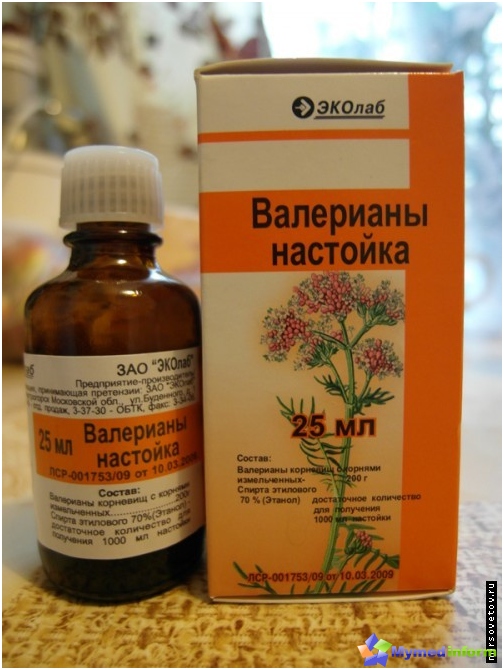
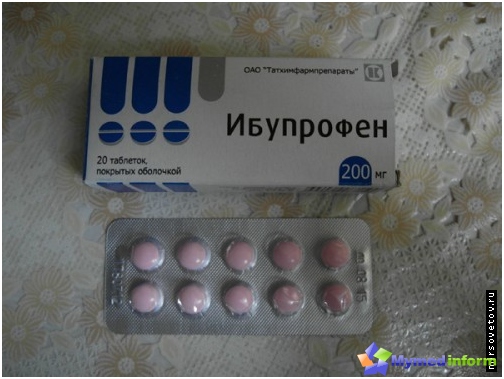
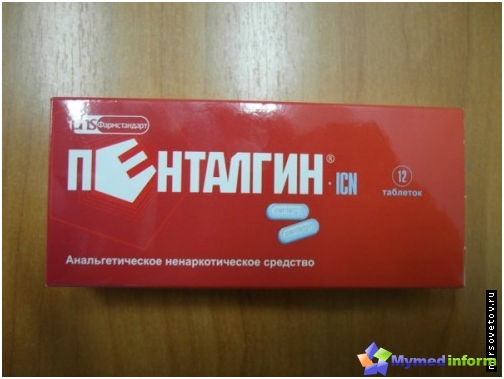
If you suddenly overtook a strong pain in the tooth, then you can:
- Put on a sore tooth or in its carious cavity, a maminated tincture of valerians, dental drops, pharmacy solution hydrogen peroxide at a concentration of 3%;
- rinse the mouth with a solution prepared from a teaspoon of a 3% hydrogen peroxide solution and 100 ml of warm water or an infusion of sage leaves;
- Take inside analgesic, i.e. painkillers, for example, Tempalgin, Pentalgin, Ibuprofen, Nurofen, Naz.
But all these measures are temporary, they will remove pain for several hours, and then certainly necessary to take a ticket to the dentist.
Diagnostics
And here you are in the dental chair. First, the doctor will examine the oral cavity, if necessary, will spend samples for sensitivity. Then a radiograph is carried out to clarify the diagnosis and the preparation of a plan for further treatment - it all depends on the anatomical features of the roots and their channels, as well as the type of pulpitis.
How treatment is carried out?

The task of the dentist includes deliverance of a patient from unbearable pain, eliminating the inflammatory process in the pulp, the restoration of the shape and physiological function of the tooth. 2 methods of treatment are used:
- Conservative, which is also called biological. His goal: Save all (or partly) viable pulp. But this is possible only if inflammatory phenomena are reversible. The biological method is possible to apply during the injuries to the tooth or with a careless autopsy of the pulp during the treatment procedure of deep-seated caries. The opened pulp is thoroughly processed by antiseptics, after which the gasket is superimposed, made on the basis of triculic phosphate or calcium hydroxide. Only then can be segged to filling. After such treatment, inflammation should be held, but the doctor will recommend annually to receive and make the x-raised tooth to monitor its condition. And one more important condition - the method is suitable if no more than two days have passed since the appearance of dental pain.
- Surgical - aimed at full removal of pulp, the process is called extirpation. And only then you can proceed to filling channels, cavities of the tooth, restoration of its type.
The method includes a few steps running each other.
Vital tactics of treatment is carried out without the use of arsenic. Anesthesia (local) is done, then remove the residues of food, subjected to caries of the fabric and open the dental cavity, and then the inflamed pulp is removed. Next, with the help of special tools, root channels are processed so that no foci of inflammation is left. Mandatory washing with antiseptic solutions.
The maidal tactics of treatment is based on first to kill with arsenic or sconeless drugs (less toxic, consisting of paste with paraformaldehyde and anesthetic) of the inflamed nerve. The means capable of killing the nerve is applied for several days when the patient comes the second time on the reception, then the nerve that has lost sensitivity, delete.
In the future, the root channels are filled with hermetically sealing material (usually Guttapercha) so that microbes are not settled in it.
In modern clinics before proceeding with treatment, anesthesia is carried out, that is, anesthesia so that the patient does not feel pain during the dentist manipulation. The place where anesthetic agent (ultrakain, lidocaine) is introduced (ultrakin, lidocaine) is first treated with a gel having superficial anesthetic properties.
When feeding channels, a control radiograph is performed so that the doctor make sure that there is no voids in the channel.
If, after the visit to the dentist and performing the seal, you continue pain, especially at the later time of the day, then it may say that, perhaps, part of the inflamed pulp remained in the channel, so it gives you to know about yourself. Either the dentist poorly carried out channels with antiseptic solutions before the sealing procedure. Then you will have to consult a doctor again. If after dismissing anesthesia on the first day of the final phase of treatment, small pain in the tooth is under pressure, but they quickly subside, it is not necessary to worry - the body's response is manifested for treatment.
After removing the nerve, over time, the tooth can sit down or completely darken, become fragile. Such a phenomenon is explained simply - the nutrients, tissues are not taken with blood, tissue, but can not recover. In such cases, the crown put the crown to strengthen it and improve the aesthetic type of oral cavity.
Our site warns readers that the actions of inexperienced dentists can lead to such complications as:
- The output of the material of the fill with the root top;
- Insufficient filling of the root canal sealing material with the presence of voids;
- Unfiniteness of one of the channels due to its non-peculiarities;
- the formation of holes in the wall of the tooth or root canal;
- Fracture used in the treatment of a special tool in the canal cavity.
Do there are features in the treatment of pulpitis in children?
In the milk teeth, the pulpit is developing rapidly. The foundations of treatment are the same as in adults. But there are a number of features. It is very important that the process of inflammation does not move on the fabrics located near the tooth, because they present the infardant bases of constant teeth. Children's doctors apply materials that will not affect the resorption of milk teeth roots. Special pastes are used, having a property to dissolve simultaneously with the roots during the change of milk tooths for permanent. Anesthesia should be high quality and harmless to children. Dentists try to preserve a milk tooth, because early removal of such teeth can lead to the formation of the patient of the wrong bite.
To protect yourself from the pulpitte, take a timely carious. Even if there is no pain, try to visit the dentist twice a year so that the doctor who watching your teeth detects and eliminate the problems in the oral cavity.



